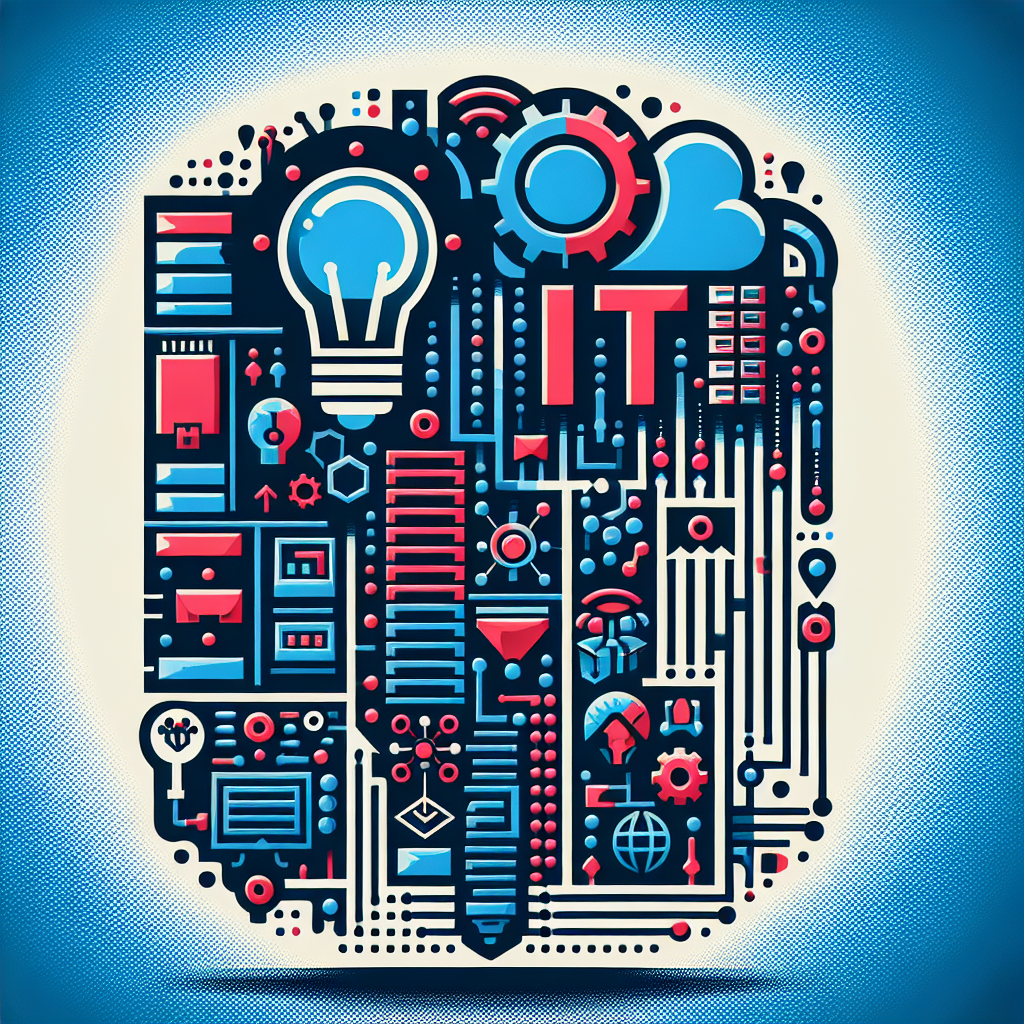Author: Milovan Janicijevic
-
Learning from the Ozone Layer Success to Combat Global Warming
Montreal Protocol In 1987, the Montreal Protocol on Substances that Deplete the Ozone Layer was adopted. This international treaty aimed to phase out the production and consumption of ozone-depleting substances, including freons (CFCs). After the implementation of the Montreal Protocol, atmospheric concentrations of the most harmful CFCs began to decline. Studies have shown a significant…
-
Modern Corporate and Small Business Networks: A Comprehensive Guide
In the rapidly evolving world of corporate and small business networks, understanding the intricate details of network topology, backbones, hardware equipment, and virtualization is essential. This guide will delve into these core concepts, and also explore the importance of redundancy for reliability and the growing trend of cloud-oriented small business networks. 1. Network Topology: The…
-
Protecting Your Internal Network: Ethernet Security and Internet Access Control
In today’s digital age, protecting your internal network and controlling access to the external internet are crucial for maintaining productivity and security within your organization. In this post, we will explore various methods to block access to disruptive websites, such as news sites and adult content, and discuss how to regulate external access to your…
-
Understanding Key Internet Concepts: From Layers to Web 3.0
The Internet is a vast and intricate network of interconnected devices and technologies that allow us to communicate, share information, and access services globally. To navigate and utilize this digital landscape effectively, it’s essential to understand some foundational concepts. This post will delve into the basics of network layers, URLs, addresses, DNS, MAC addresses, ports,…
-
The Evolution of the Internet: From Military Roots to Modern Innovations
The Birth of the Internet: A Global Network The internet, as we know it today, is a vast global network that connects millions of private, public, academic, business, and government networks. At its core, the internet is based on the exchange of packets of information. When you send an email or visit a website, your…
-
Understanding 5G: The Next Generation of Connectivity
The Basics: 5G vs. 4G 5G, or the fifth generation of mobile network technology, represents a significant leap forward from the previous 4G standard. It promises to revolutionize the way we connect and interact with the world through several key enhancements: New Frequency Bands One of the distinguishing features of 5G is its use of…
-
The Booming Market of Mobile Applications
Introduction The mobile application market is expanding at an unprecedented rate. As smartphones become increasingly integral to daily life, the demand for innovative and functional apps continues to grow. According to recent studies, the global mobile app market is expected to reach $407.31 billion by 2026, showcasing a compound annual growth rate (CAGR) of 18.4%…
-
Energy Storage: The Backbone of New Energy Facilities
As the world shifts towards renewable energy sources, efficient energy storage has become a crucial component of modern energy facilities. Our data indicates that as of the end of 2022, the total power generation capacity from various storage technologies is distributed across the following methods: In this post, we will delve into the specifics of…
-
The Revolution of 3D Printing: Pioneering the Future
At MilovanInnovation, we are committed to exploring cutting-edge technologies that shape our future. One such groundbreaking technology is 3D printing. This transformative process redefines how we design, manufacture, and interact with the world around us. Let’s delve into the fascinating realm of 3D printing, uncovering its diverse applications, significant benefits, and exciting future potential. What…
-
Embracing the Future: The Resilient Trend of Digital Printing in Packaging and Product Coating
In an era where technological advancements are reshaping every facet of our lives, from wearable devices and cell phones to e-paper, one might expect traditional printing to be rendered obsolete. Contrary to this assumption, printing and hard copies have not only survived but continue to thrive. Despite efforts to reduce paper usage driven by ecological…
